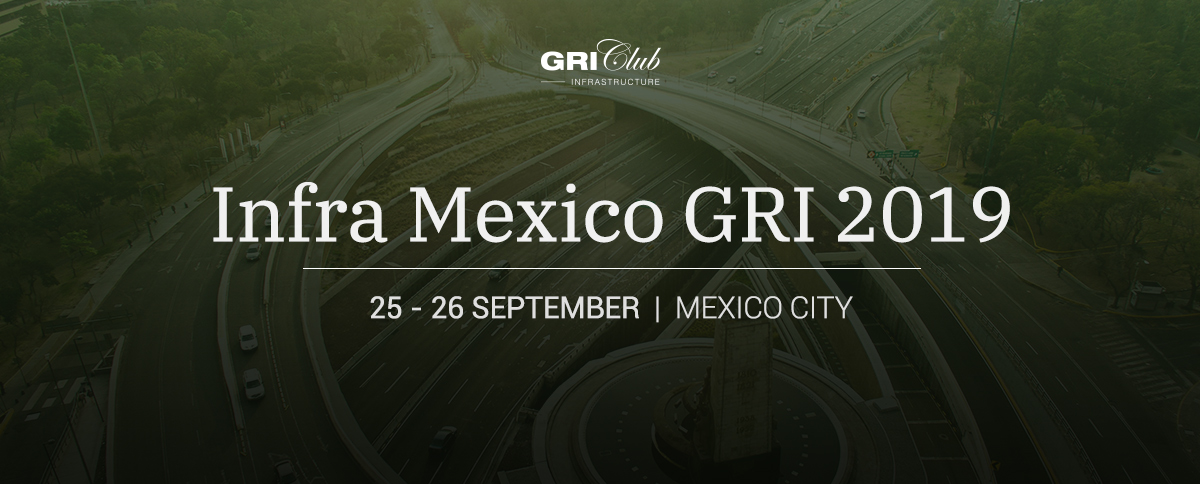 Crédito: Pixabay
Crédito: PixabayBlockchain improves public service in Latin America
In Mexico, the Veracruz Port tests the technology. In Brazil, BNDES rolls out two pilot projects.
August 12, 2019Infrastructure
Popularized after the cryptocurrency boom, the blockchain technology provides solutions for a wide range of industries, including infrastructure. Among the applications’ benefits are the integration between different actors involved in a project and the gains in transparency in transactions, which are essential for governance. It has already been being implemented in the public sphere in Latin American countries, such as Brazil and Mexico.
Mexico, for example, is conducting testing in port operations – the initial focus is on the new Veracruz Port – with a view to bringing transparency and safety and enabling container tracking. In Brazil, the National Development Bank (BNDES) announced the development of two pilot projects: TruBudget and BNDES Token, whose operations began in July 2019.
Inaugurated in July, the town’s new port, considered the main port of entry and exit of goods in the Gulf of Mexico region, is testing the application.
Last December, in an official note, Hutchison Ports Icave – the company that built and operates the terminal – addressed the potential of innovation with the aim of improving business efficiency and competitiveness. In July, Jorge Magno Lecona, head of Innovation at Hutchison Ports in the country, confirmed that integration tests were carried out starting with the new data chain, an operation that allows for transparent, safe, and traceable transactions. He made the announcement at a local event.
“The system aims to reduce the time and effort to export and import containers by providing a much better service to customers,” said Veracruz Customs manager Baruc de la Fuente, also in the note.
"This greatly increases transparency in terms of data processing and processes – which is important in a government environment – and makes it difficult to misuse or falsify information,” she says.
The TruBudget (Trusted Budget Expenditure Scheme) application was made possible through a partnership with the German development bank KfW. The motivation was to improve transparency and efficiency in the use of public resources to fund development. Based on technology similar to that of the bitcoin cryptocurrency, the workflow tool uses a private blockchain.
The project got underway in June, and the first operation, still in the pilot phase, was carried out with a few Amazon Fund clients – a non-repayable funding project for actions to prevent, monitor, and combat deforestation and to promote the conservation and sustainable use of the forests of the Legal Amazon. When the first step is completed, the operation will be expanded to other clients of the same fund.
Meanwhile, BNDES Token – a solution that allows the tracking of public resources used to fund public entities or operations with non-repayable resources – is an internal development. Based on a startup’s methodology, the Brazilian development bank carried out the first phase with two distinct players: the government of the state of Espírito Santo and the National Movie Agency (Ancine) – a regulatory entity whose duties are the promotion, regulation, and supervision of the cinema and audiovisual market in Brazil.
For project continuity, BNDES chose to maintain the activity only in the culture area. “The idea is to have more feedback to enhance application usage. Unlike TruBudget, which we can scale with fewer system changes, we need to make [distinct] definitions in the case of BNDES Token,” explains Vanessa Almeida.
“Both the TruBudget and the BNDES Token projects are very interesting initiatives. BNDES Token in particular has open source codes and licenses and introduced a digital identification solution – the ICP-Brazil digital certification [Brazilian Public Key Infrastructure] – so that all transactions done with the device are also legally valid,” says Tatiana Revoredo.
To her, who is the author of the book ‘Criptomoedas no cenário internacional: qual é o posicionamento de bancos centrais, governos e autoridades?’ (Cryptocurrencies in the international scenario: What is the position of central banks, governments and authorities?) and founder of the Oxford Blockchain Foundation, although Brazilian bank developments are in their early stages, they are advancing rapidly.
“It is important to emphasize, however, the importance of completing all the necessary phases for the implementation of a blockchain solution, so that all possible issues are well matured, as this is still an evolving technology whose effects are not completely known,” adds Tatiana.

The main themes for infrastructure industry development will be back on the GRI Club Infra agenda in Mexico during Infra Mexico GRI 2019. Scheduled for September, the conference reaches its third consolidated edition as a meeting point for investors, public entities, and executives of companies operating on this market. Check out the event website, available in English and Spanish.
Mexico, for example, is conducting testing in port operations – the initial focus is on the new Veracruz Port – with a view to bringing transparency and safety and enabling container tracking. In Brazil, the National Development Bank (BNDES) announced the development of two pilot projects: TruBudget and BNDES Token, whose operations began in July 2019.
Mexican port
The city of Veracruz has been looking at implementing the technology since 2018, when port management presented a project that envisaged blockchain use to improve negotiation security.Inaugurated in July, the town’s new port, considered the main port of entry and exit of goods in the Gulf of Mexico region, is testing the application.
Last December, in an official note, Hutchison Ports Icave – the company that built and operates the terminal – addressed the potential of innovation with the aim of improving business efficiency and competitiveness. In July, Jorge Magno Lecona, head of Innovation at Hutchison Ports in the country, confirmed that integration tests were carried out starting with the new data chain, an operation that allows for transparent, safe, and traceable transactions. He made the announcement at a local event.
“The system aims to reduce the time and effort to export and import containers by providing a much better service to customers,” said Veracruz Customs manager Baruc de la Fuente, also in the note.
Information tracking
Tatiana Revoredo, a Blockchain specialist at the University of Oxford and at the Massachusetts Institute of Technology (MIT), says traceability is one of the elements that makes technology interesting to the public sector, since it enables the creation of reliable information audit trails and simplifying building platforms for tracking information, including dates of inclusion, use, access etc."This greatly increases transparency in terms of data processing and processes – which is important in a government environment – and makes it difficult to misuse or falsify information,” she says.
Brazilian initiative
In Brazil, the ideas BNDES applied came up in an internal innovation contest. “The transparency issue was the initial driver in our project. [We thought about] an enabler for hyper-transparency. [The goal was] not just a posteriori data disclosure, rather making transactions transparent,” explains BNDES Systems Development Department manager Vanessa Almeida, who is in charge of the team working on the two new tools.The TruBudget (Trusted Budget Expenditure Scheme) application was made possible through a partnership with the German development bank KfW. The motivation was to improve transparency and efficiency in the use of public resources to fund development. Based on technology similar to that of the bitcoin cryptocurrency, the workflow tool uses a private blockchain.
The project got underway in June, and the first operation, still in the pilot phase, was carried out with a few Amazon Fund clients – a non-repayable funding project for actions to prevent, monitor, and combat deforestation and to promote the conservation and sustainable use of the forests of the Legal Amazon. When the first step is completed, the operation will be expanded to other clients of the same fund.
Meanwhile, BNDES Token – a solution that allows the tracking of public resources used to fund public entities or operations with non-repayable resources – is an internal development. Based on a startup’s methodology, the Brazilian development bank carried out the first phase with two distinct players: the government of the state of Espírito Santo and the National Movie Agency (Ancine) – a regulatory entity whose duties are the promotion, regulation, and supervision of the cinema and audiovisual market in Brazil.
For project continuity, BNDES chose to maintain the activity only in the culture area. “The idea is to have more feedback to enhance application usage. Unlike TruBudget, which we can scale with fewer system changes, we need to make [distinct] definitions in the case of BNDES Token,” explains Vanessa Almeida.
“Both the TruBudget and the BNDES Token projects are very interesting initiatives. BNDES Token in particular has open source codes and licenses and introduced a digital identification solution – the ICP-Brazil digital certification [Brazilian Public Key Infrastructure] – so that all transactions done with the device are also legally valid,” says Tatiana Revoredo.
To her, who is the author of the book ‘Criptomoedas no cenário internacional: qual é o posicionamento de bancos centrais, governos e autoridades?’ (Cryptocurrencies in the international scenario: What is the position of central banks, governments and authorities?) and founder of the Oxford Blockchain Foundation, although Brazilian bank developments are in their early stages, they are advancing rapidly.
“It is important to emphasize, however, the importance of completing all the necessary phases for the implementation of a blockchain solution, so that all possible issues are well matured, as this is still an evolving technology whose effects are not completely known,” adds Tatiana.
Infra Mexico GRI 2019

The main themes for infrastructure industry development will be back on the GRI Club Infra agenda in Mexico during Infra Mexico GRI 2019. Scheduled for September, the conference reaches its third consolidated edition as a meeting point for investors, public entities, and executives of companies operating on this market. Check out the event website, available in English and Spanish.



